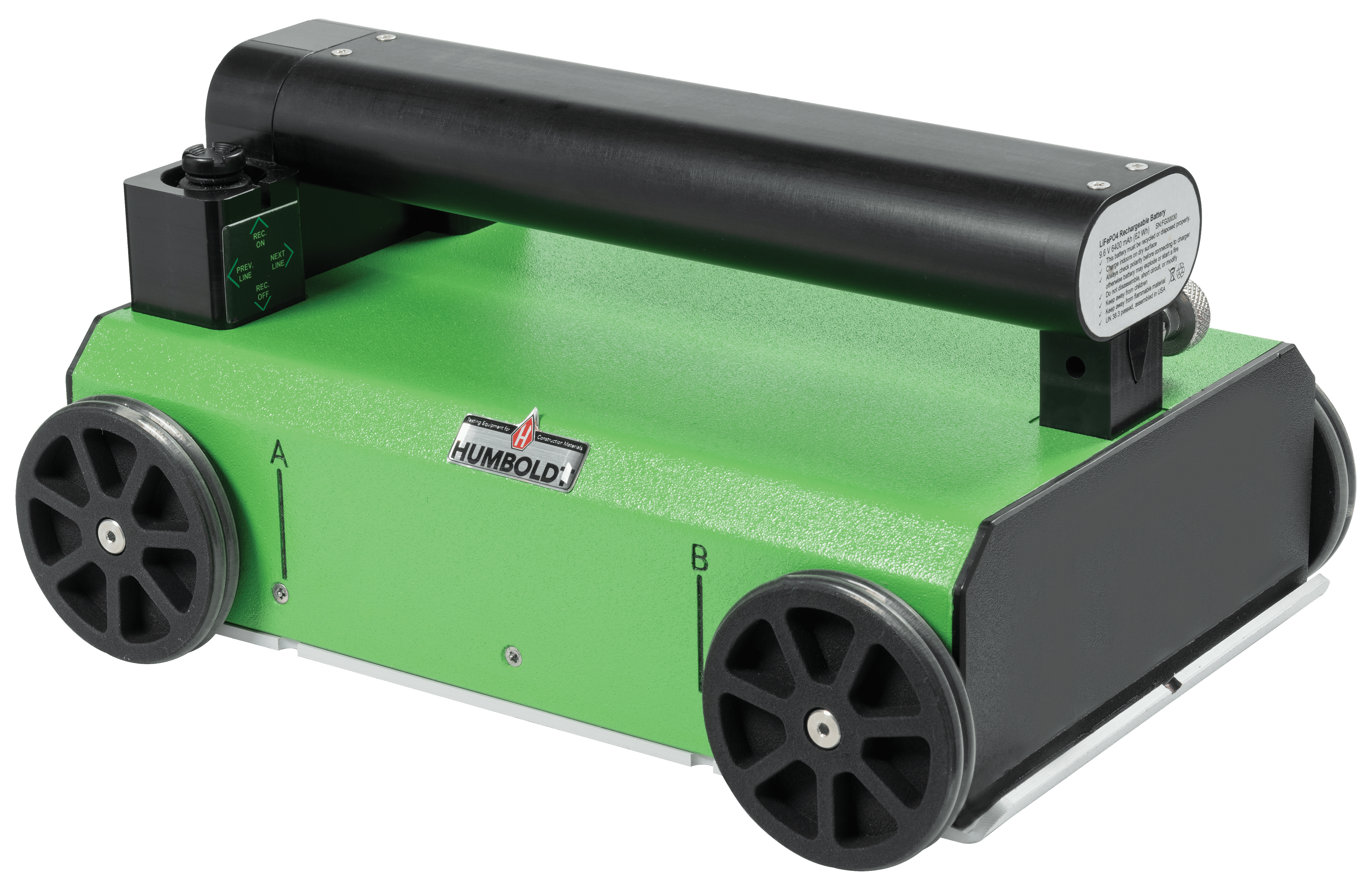Making Best Use Of Performance and Decreasing Threats: The Function of Concrete Scanning in Building
In the realm of building, where accuracy and safety and security are critical, the application of concrete scanning technology has actually become an indispensable device for task managers and designers alike. By using advanced scanning approaches, building groups can browse intricate settings with enhanced efficiency while mitigating possible risks that can jeopardize both timelines and budget plans. The elaborate dancing in between taking full advantage of performance and decreasing threats in building and construction rest on the ability to peer underneath the surface, exposing a globe of hidden obstacles and chances. The duty of concrete scanning in this delicate equilibrium is not merely encouraging however transformative, providing a peek into a future where expensive errors are preempted, safety and security is focused on, and top quality is non-negotiable.
Importance of Concrete Scanning
Concrete scanning plays an essential function in making certain the architectural stability and safety and security of construction projects by accurately spotting ingrained things and possible dangers within concrete frameworks. By making use of numerous scanning technologies such as ground-penetrating radar (GPR) and electro-magnetic induction, construction groups can recognize rebar, post-tension cords, avenues, and various other hidden challenges prior to boring, reducing, or coring right into concrete. This positive technique helps stop expensive problems, injuries, and task delays that might emerge from inadvertently striking these items throughout building tasks.
Furthermore, the precise mapping of embedded items ensures the reliable implementation of construction plans, minimizing the threat of mistakes and making certain the longevity and resilience of the developed environment. Ultimately, investing in concrete scanning solutions contributes to the general success and security of building and construction jobs.

Advanced Modern Technology in Construction
Given the raising need for accuracy and effectiveness in construction methods, the assimilation of innovative modern technology has ended up being instrumental in boosting job end results and ensuring optimal safety and security procedures. BIM enables for much better partnership amongst stakeholders, enhanced visualization of the job, and improved decision-making throughout the construction procedure. The execution of Enhanced Truth (AR) and Virtual Fact (VR) technologies in building and construction layout and planning phases allows stakeholders to imagine the final item, identify possible concerns, and make necessary modifications before building begins.

Advantages of Things Mapping
The usage of item mapping innovation in building jobs uses a multitude of advantages that enhance task preparation and implementation. One of the key advantages of item mapping is its capacity to provide thorough and specific details about the area of below ground utilities, structural elements, and other objects within the construction site. This info is essential for guaranteeing that excavation and drilling activities are executed securely and effectively, lessening the danger of damage to existing framework.
In addition, item mapping technology enables construction groups to create exact 3D versions of the website, enabling far better visualization of the job and enhanced sychronisation amongst various trades - RainierGPR Concrete Scanning. This enhanced spatial awareness aids to identify possible clashes and disputes early in the planning phases, minimizing the need for costly rework and hold-ups during construction
In addition, things mapping can additionally streamline the paperwork process by giving electronic documents of the website in the past, throughout, and after construction. These documents function as valuable recommendations for future upkeep and improvement projects, inevitably improving the long-lasting performance and sustainability of the constructed environment.
Protecting Against Pricey Mistakes
Object mapping technology's function in building extends past improving task preparation and execution to encompass a critical element: protecting against expensive blunders. By his comment is here employing innovative concrete scanning techniques, building and construction groups can recognize potential dangers such as rebar blockage, post-tension wires, or spaces within concrete structures. Generally, the aggressive use of concrete scanning technologies in building and construction projects substantially minimizes the danger of errors and inevitably adds to cost financial savings and project efficiency.
Ensuring Security and High Quality
To promote the highest criteria of safety and high quality in building and construction tasks, the implementation of concrete scanning modern technology plays a critical function. By making use of innovative scanning strategies such as ground-penetrating radar (GPR) and electromagnetic induction, construction groups can discover possible risks concealed within concrete frameworks prior to starting any job. This positive strategy not just lessens the risk of accidents on the building site however likewise ensures the structural integrity of the building.
Concrete scanning likewise assists in validating the positioning of rebar, channels, and post-tension cords, ensuring that these aspects are properly placed according to the style specifications. This precision in locating vital elements assists protect against mistakes during the building process, inevitably resulting in a higher quality ended up item. Furthermore, by determining any abnormalities or incongruities within the concrete early, essential modifications can be made promptly, reducing the probability of rework and pricey hold-ups.
Essentially, concrete scanning modern technology offers as an important tool in safeguarding both the safety and security of building and construction workers and the total quality of the constructed environment. Its capacity to make sure and detect possible risks adherence to style requirements makes it a crucial asset in contemporary construction methods.

Verdict
In verdict, concrete scanning plays an essential function in optimizing effectiveness and decreasing threats in building and construction tasks. By making use of innovative modern technology for item mapping, possible pricey blunders can be learn the facts here now protected against, making certain safety and security and high quality of the last framework. It is necessary for building companies to prioritize making use of concrete scanning to enhance productivity, minimize dangers, and supply high-quality outcomes in their jobs.
Concrete scanning plays an important role in guaranteeing the structural integrity and safety and security of building projects by precisely identifying embedded objects and possible risks within concrete structures. The implementation of Increased Truth (AR) and Virtual Truth (VR) innovations in building layout and planning phases allows stakeholders to envision the last item, recognize potential issues, and make needed modifications before building and construction starts. By utilizing advanced concrete scanning methods, building and construction groups can determine possible risks such as rebar blockage, post-tension cable televisions, or spaces within concrete structures. Generally, the aggressive use of concrete scanning innovations in building tasks dramatically reduces the danger of mistakes and ultimately contributes to cost financial savings and task performance.
To support the highest criteria of security and high quality in construction tasks, more tips here the implementation of concrete scanning innovation plays a critical duty.
 Robert Downey Jr. Then & Now!
Robert Downey Jr. Then & Now! Elisabeth Shue Then & Now!
Elisabeth Shue Then & Now! Raquel Welch Then & Now!
Raquel Welch Then & Now! Rachael Leigh Cook Then & Now!
Rachael Leigh Cook Then & Now! Mary Beth McDonough Then & Now!
Mary Beth McDonough Then & Now!